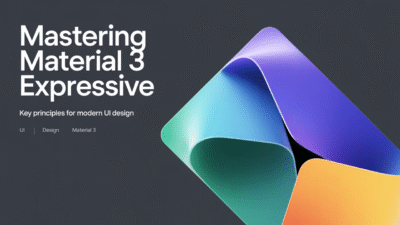Android’s journey from the Dalvik Virtual Machine (DVM) to the Android Runtime (ART) marks a pivotal shift in how mobile applications are executed, significantly impacting performance and user experience. This transition was not just an architectural overhaul but a strategic move to address long-standing limitations in mobile computing.
At the heart of this evolution lies the switch from Just-In-Time (JIT) compilation used by DVM to Ahead-Of-Time (AOT) compilation introduced with ART. AOT compilation allows apps to convert bytecode into native machine code during installation rather than at runtime. This change dramatically reduces application startup time since the native code is directly executed, eliminating the need for on-the-fly translation . The result? Applications launch faster and run more efficiently, providing users with a smoother experience.
One of the most significant benefits of ART’s AOT compilation is its ability to deliver optimal performance while minimizing RAM usage. By precompiling code, ART ensures that critical segments of an app run efficiently without consuming excessive memory resources. This efficiency is particularly beneficial for devices with limited hardware capabilities, enabling them to perform tasks previously thought impractical .
Beyond raw performance gains, ART also introduces tighter install-time verification compared to Dalvik. This enhancement contributes to better system stability and security, ensuring only well-formed applications make it onto the device. Additionally, improvements in garbage collection mechanisms further streamline memory management, reducing pauses and stuttering commonly experienced under DVM .
The impact of these changes extends beyond mere technical benchmarks; they translate into tangible improvements in everyday use cases. Users benefit from quicker app launches, reduced lag during multitasking, and overall snappier interactions across the board. Moreover, developers gain access to enhanced debugging tools and profiling capabilities, facilitating the creation of high-quality applications tailored for modern Android environments .
As we look ahead, the continuous refinement of ART promises even greater strides in performance optimization. Recent updates have already demonstrated substantial reductions in memory footprint across billions of active devices worldwide—a testament to Google’s commitment to pushing boundaries within mobile computing . While some may argue about whether complete elimination of legacy constraints like JVM bottlenecks remains achievable, there’s no denying that ART represents a major leap forward in bridging gaps between desktop-level functionality and portable convenience .
In conclusion, migrating from JVM-based runtimes like DVM to ART signifies more than just swapping out components—it reflects Android’s dedication to evolving alongside technological demands. Through innovative approaches such as AOT compilation and rigorous optimization efforts, ART sets new standards for what mobile operating systems can achieve regarding speed, reliability, and resource efficiency. As both developers and end-users continue embracing these advancements, one thing becomes clear: the future of Android looks brighter—and faster—than ever before.
